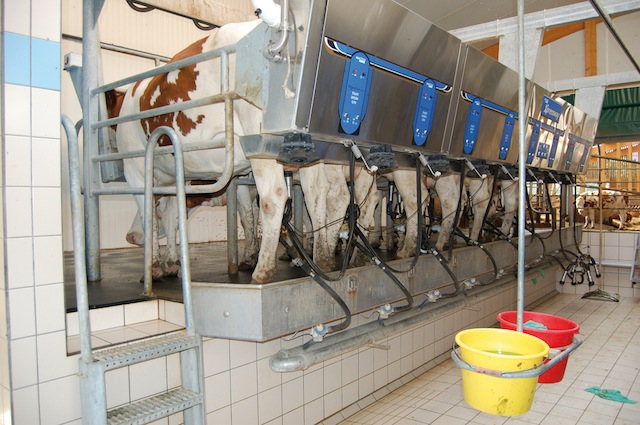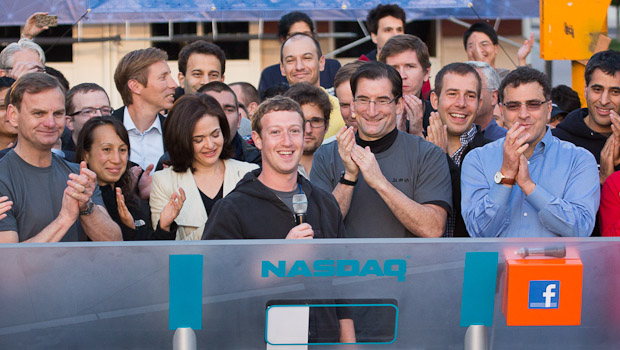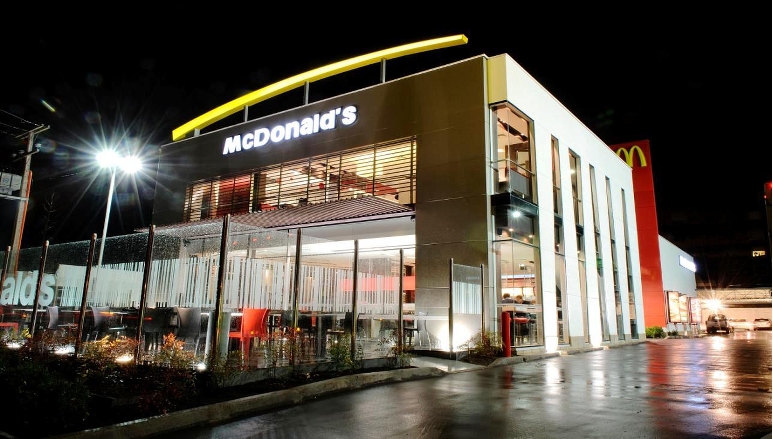Transaction based businesses are in the firing line as robots and algorithms are taking over the tasks that are the mainstay of many service businesses.
In How To Know if a Robot Will Take Your Marketing Job, Gartner consultant Martin Kihn identifies two factors that indicate roles at risk of being overtaken by technology.
“The two dimensions relate to the things computers do best: (1) repetitive tasks, and (2) structured data,” states Kihn. “If you’re a knowledge worker, your biggest enemy is routine. To the extent your work is predictable, it’s codable . . . and you’re a target.”
Kihn describes a curve where repetitive, structured jobs are at risk of automation while at the other end are more abstract analytic roles which are relatively safe from the algorithms and robots.

While Kihn is focusing on marketing jobs, his message is clear for all occupations and businesses – if your company makes most of its revenue from low skill, easily automated tasks then it is ripe for being overtaken by algorithms or robotics.
Even for businesses that are higher up the value chain, there are roles that can be replaced within the enterprise; a good example are the mining companies replacing high paid drivers with automated pit trucks.
There are even many management jobs that may be affected as artificial intelligence advances. Approving spending or hiring requests for example can be largely dealt with by algorithms with only the rare exceptional case requiring a manager to intervene.
So the executive suite may well be just as vulnerable as the lower status roles in an organisation.
MIT professor Andrew McAfee who Kinh quotes has been clear that we’re on the cusp of massive change in the workplace as robots, algorithms and artificial intelligence progress. It may well be there are far more jobs and businesses at risk than we think.




